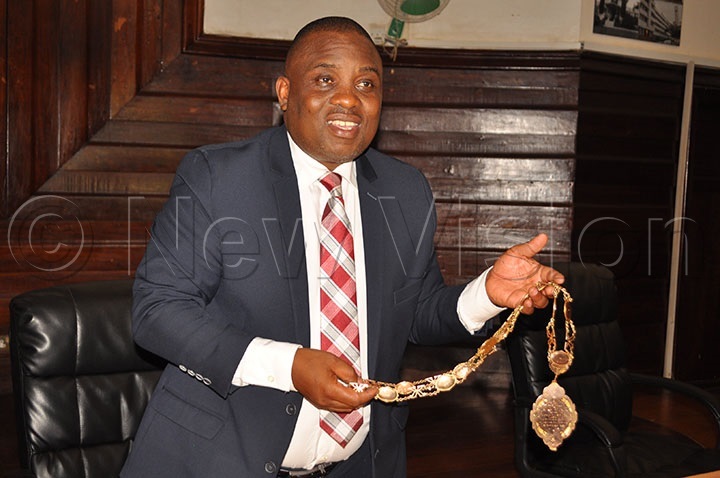We must preserve historical structures - Lukwago
Oct 11, 2020
“We must conserve and preserve our built heritage (old historical buildings or structures) not just for ourselves but for the future generation to come,” emphasised Lukwago.

Kampala city mayor Erias Lukwago has said all efforts are being taken to preserve and conserve historical structures built in the city.
The Kampala Built Heritage ordinance which is currently before council spells out the nitty gritty of preserving historical structures so that they are well preserved.
"We are expediting the process of enacting the bill. Right now as an institution we do not have a legal instrument for preserving historical structures."
"What we have is good will of committed and patriotic Ugandans who love our heritage. But we can entirely rely on goodwill that's not enough, we must back it up with legislation," he says.

Kampala in a bid to modernise has lost a number of old historical structures due to a lack of awareness and ignorance about the importance of built heritage to a city.
Under the height of the coronavirus lock down Pioneer Mall the first mall to be built in Kampala city was razed.
There are also struggles to preserve the Watoto Church building which was the first cinema hall in Kampala city being threatened with demolition.
Recently the iconic Makerere University main building that many refer to as the ivory tower was destroyed by fire.
The Makerere fire came at the back of several controversial fires that have razed properties including Owino market, and the historical Kasubi tombs.
Uganda's built heritage is under threat and will remain so if efforts are not made to protect and preserve it, according to Executive Director of The Cross-Cultural Foundation of Uganda (CCFU) Emily Drani.
"In a rush to ‘modernise', most iconic buildings are fast disappearing, whilst surviving ones are dwarfed by newly constructed structures."
"This means a lost connection with our shared past and abandoning the unique features that prevent our cities from becoming indistinguishable from each other," she says.
The mayor who was speaking during a tour of the mayor's palour which is among the historical buildings in Kampala, reemphasised that Kampala city cannot entirely rely on goodwill to preserve built heritage "that's not enough, we must back it up with legislation," he says.
"We have a vision of transforming Kampala city into a 21st century city which is competitive in nature to other cities. Preserving and conserving our historical buildings as part of our heritage is quite important to realize this dream."
"It is in that line that we have decided to come up with a deliberate policy and enact a law to preserve these historical structures including the mayor's palour ," says Lukwago.
"We are craving for a mechanism that will enable us to build collaborations with all government agencies charged with preserving historical structures to guard them against catastrophes."
"We must conserve and preserve our built heritage (old historical buildings or structures) not just for ourselves but for the future generation to come," emphasised Lukwago.
In light of iconic buildings disappearing, CCFU with support from the European Union and Embassy of Ireland, has documented and produced maps of historic buildings in Kampala, Entebbe, Jinja and Fort Portal in a bid to create awareness and preserve them.
